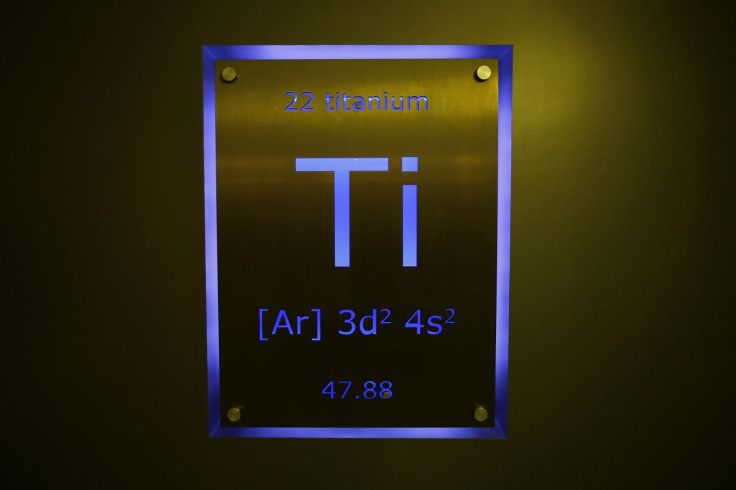Addition of new elements in the periodic table makes science textbooks around the world outdated

The periodic table, one of the most fundamental pieces of scientific knowledge every student has used, is getting four new elements. The biggest impact of this development will be on science textbooks around the world as they become outdated following the addition of the new elements.
Though the new elements are yet to be assigned a name or symbol, they have been added to the seventh row of the periodic table. This follows the verification of these elements by the International Union of Pure and Applied Chemistry (IUPAC), the US-based global organisation that governs chemical nomenclature, terminology and measurement.
With the addition of Elements 113, 115, 117 and 118 to the seventh row, the periodic table will now be complete. These elements were discovered by a team of scientists from Japan, Russia and the US. All the scientists will get to name their own new man-made elements, reports the Independent.
Global practice requires the elements to be named after a mythological concept, a mineral, a place or country, a property, or a scientist.
Work on the recently identified elements has been in progress since 2004, possibly even earlier, with previous studies showing signs of Element 113. However, stringent tests were needed for their verification before the new elements could be added to the periodic table.
One of the team members, Ryoji Noyori, former president of Riken, the Japanese institute that helped discover element 113, said “the achievement is of greater value to scientists than an Olympic gold medal.”
IUPAC has announced that a Russian-American team of scientists at the Joint Institute for Nuclear Research in Dubna and Lawrence Livermore National Laboratory in California had produced sufficient evidence to claim the discovery of elements 115, 117 and 118.
Kosuke Morita, who was leading the research at Riken, said his team now planned to “look to the unchartered territory of element 119 and beyond.”
“IUPAC has now initiated the process of formalising names and symbols for these elements temporarily named as ununtrium, (Uut or element 113), ununpentium (Uup, element 115), ununseptium (Uus, element 117), and ununoctium (Uuo, element 118),” said Professor Jan Reedijk, president of the Inorganic Chemistry Division of IUPAC.
The new elements were discovered by slamming lighter nuclei into each other and tracking the subsequent decay of the radioactive superheavy elements, reports the Guardian.





















